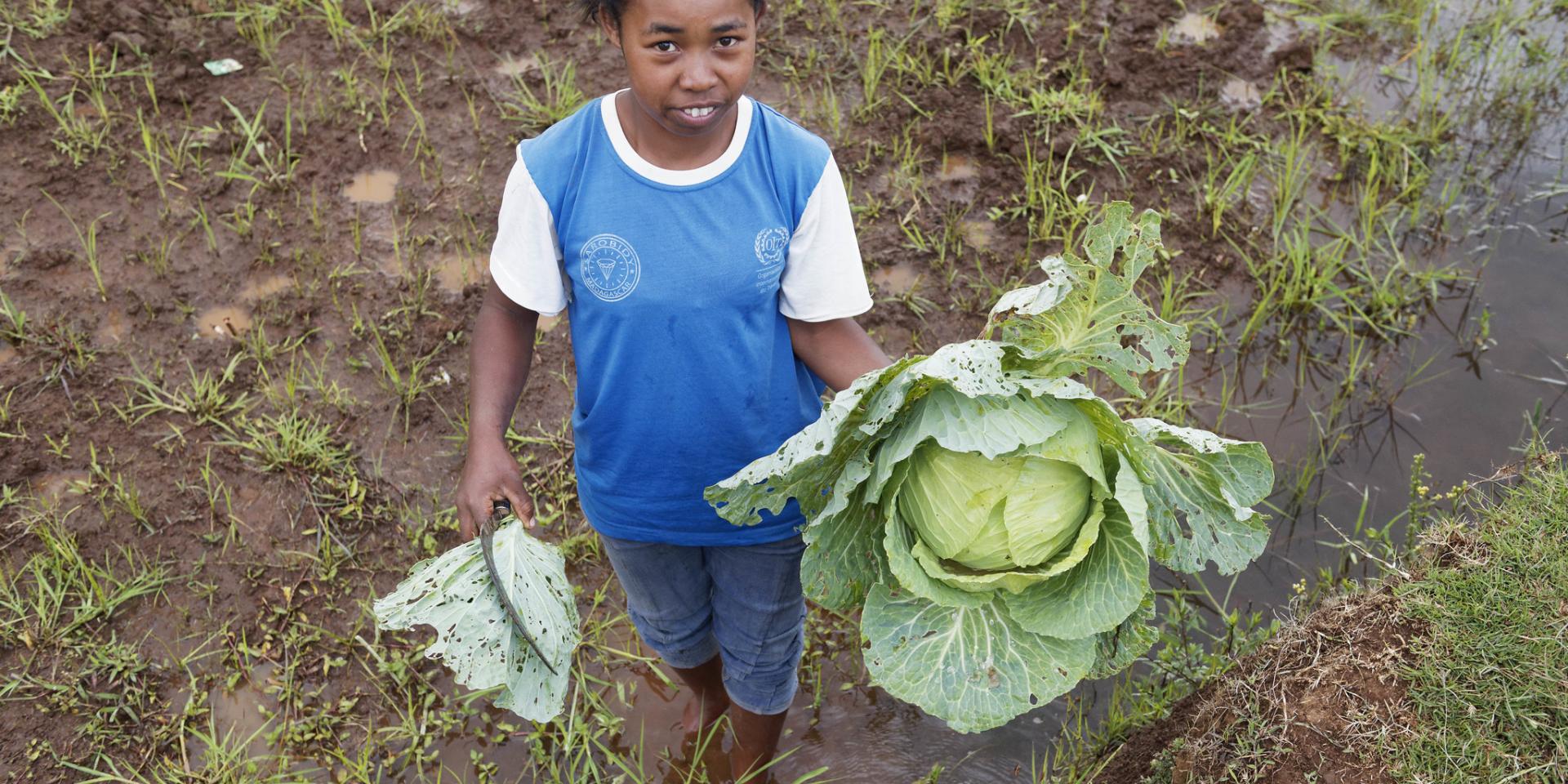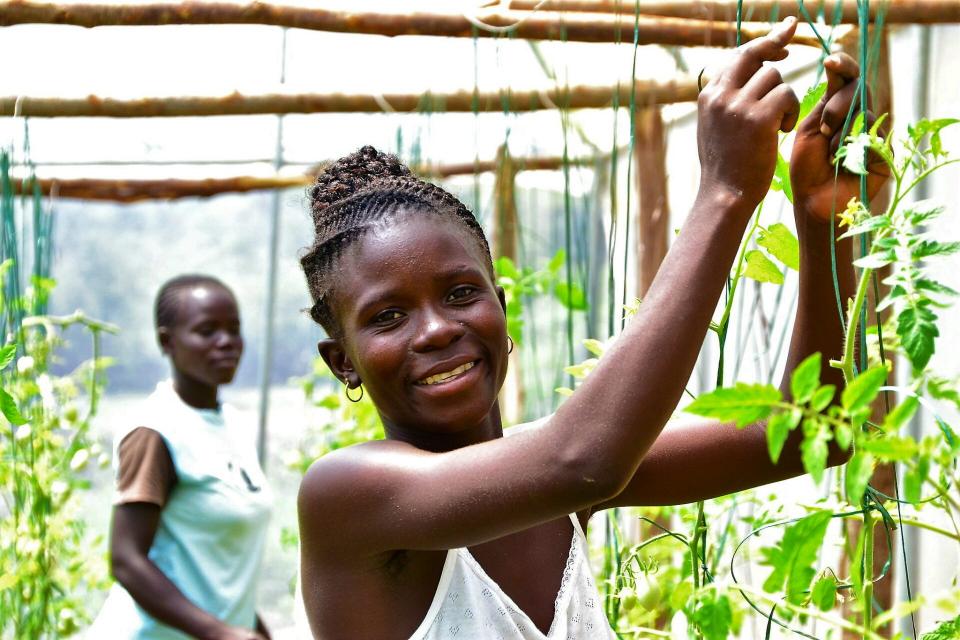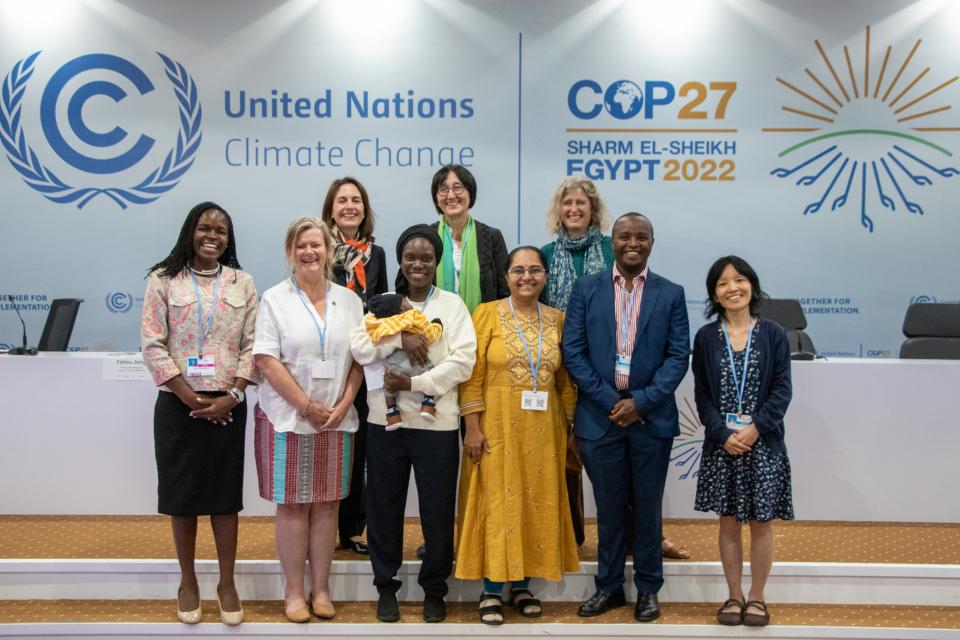Remodeled CGIAR Impact Platform puts a new lens on youth

Visit to Hortensia, 16, beneficiary of a project supported by the ILO in Antsirabe, Madagascar.
Young people have been historically under-served in agricultural research for development, but have unique needs in this ‘transitional’ stage of their lives. We need to put a new focus on youth and their significant diversity and capabilities so we can build sustainability into future farming.
Rural youth in middle- to low-income countries are often not interested in agriculture due to their perception that farming is drudgery, antiquated and unprofitable.
Yet, it is essential that new generations of farmers are set up “in the right way” because labor is a huge input in agriculture—and young people will continue to be an integral part of global agriculture and food systems.
These were the thoughts of Dr Nicoline de Haan, director of CGIAR’s GENDER Impact Platform, as she explained the recently ‘remodeled’ platform, which has added youth to its research and innovation mandate.
“It is important we contribute to the global challenge of offering rewarding opportunities to 267 million young people living in rural areas who are not in employment, education or training,” said de Haan.
As the world celebrates International Youth Day (August 12), de Haan considers CGIAR’s newly elevated role for youth research and innovation as vital for the future of the world’s food security.
“Youth is when people try things out, and where they set out their future—we can try to make sure that’s a good future, especially in agriculture,” she said.
There are some strong negative narratives about young people, especially those in rural areas, being destructive or lazy because they have nothing to do. De Haan zeroed in on this, arguing that understanding what is behind those stories is the basis for changing them.
“That’s part of why we need to do the research. What is the future of rural areas, where do youth fit in that and how can we prepare them for the future?”
Youth have specific issues and needs, requiring new research approaches
‘Youth’ is a transitional stage in people’s lives, often defined in research as ages 15 to 24.
“Young people can seem a little bit more difficult to pin down: they come with almost a clean slate and they change a lot after that time too,” de Haan said. “In the past, we’ve dealt with ‘youth’ as if it was just another intersectional layer [e.g., class, education, wealth], but when you really look at it, we know there are very specific research issues that we need to look at.”
One of the important lessons that the GENDER Impact Platform has learnt from their early work on gender was the importance of acknowledging within-group diversity. Understanding ‘youth’ as a very diverse group of people means differentiating them historically, geographically and by other intersectional categories such as caste, wealth and so on.
There is also the need to avoid stereotypes. For example, there is limited evidence that young people are actually more innovative or technologically savvy than other age groups. The same goes for their abilities in social media.
Working with youth may also help young women.
“We hope that our work results in adjustments to social norms so that young girls and boys can move away from the stereotypes of ‘what girls do’ and ‘what boys do’, and support each other on that,” de Haan explained.
“But we cannot do a ‘cookie cutter’ of what we did with gender. This will be a new generation of research."
“Research is not only about getting data, but about the theoretical thinking behind it. We need to ground our future work in robust theory if we want it to last and to really move the agenda forward for young people.”
Seeing youth as partners in agriculture beyond entrepreneurship
Future research needs to go beyond what has already been done with youth. For example, a lot of work has focused on agri-entrepreneurs, which can provide prospects for young people.
“But let’s also take this opportunity to aspire to issues like climate change and zoonotic spillovers,” said de Haan. “Can we prepare youth with the right tools now, before the structural issues become too big?”
There is a lot of potential for youth in agriculture, and de Haan’s optimism was palpable. She spoke of giving young people a clear voice in policy and working with them (“so they can influence policymakers in Accra, in Abuja”). She also talked enthusiastically about creating intentional solutions to gainful employment for young people.
“I think it’s exciting to start seeing youth as real partners in agriculture—not just as agri-entrepreneurs—they are the new generation of farmers that will shape agriculture into the future.”
##
The Gender equality, youth, and social inclusion Impact Area supports CGIAR’s new 2030 Research and Innovation Strategy, and all CGIAR Initiatives will contribute to its work.


